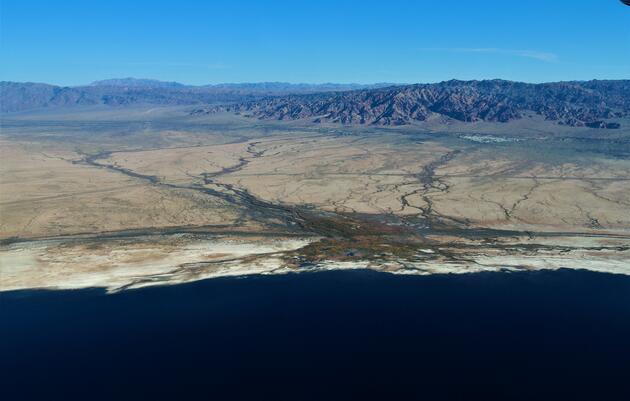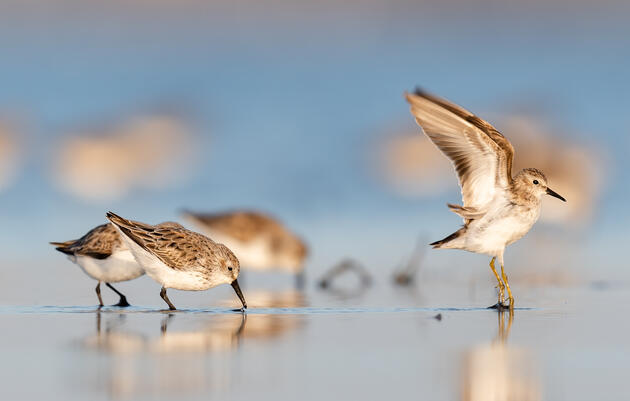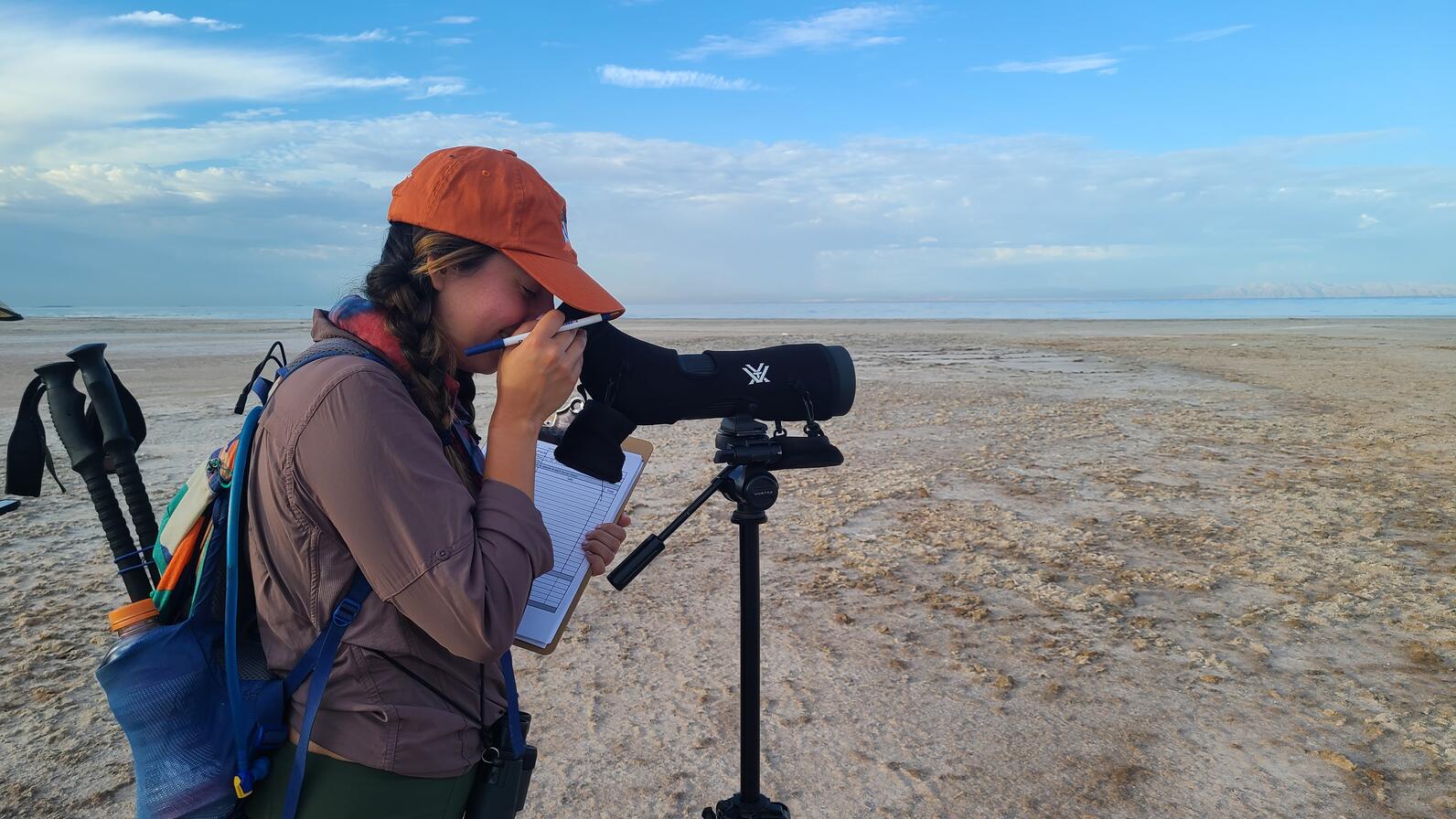
As the waterline of the Salton Sea diminishes, well-known California waterbird species, including American White Pelicans and Double-crested Cormorants, face ongoing adversity. The main factor behind their decline is the elevated salinity of the sea, resulting in the depletion of tilapia—a crucial food source for these birds. Simultaneously, these rapid shifts in the food web within the sea may be benefiting certain shorebirds. The increased saline and shallow water habitat, along with heightened invertebrate availability, could be contributing to the remarkable findings of the historic Intermountain West Shorebird Survey at the Salton Sea in August 2023. Understanding the full scope of ecosystem-level changes at the Salton Sea requires a locally-driven effort with partners. To comprehend how these changes impact migratory bird populations, a massive undertaking across many key wetland ecosystems of the Pacific Flyway is necessary.
Before the August 2023 survey, nearly three decades had passed without formal Intermountain West Shorebird Surveys across interior wetlands and saline lakes in the western U.S. The recent effort was no small feat, requiring a group of dedicated professional biologists to accomplish a historic survey covering the entire 107-mile shoreline of the Salton Sea. Although the Salton Sea is not technically within the Intermountain West region, it is an integral part of an interior wetland network that sustains migrating shorebirds. Situated in the Colorado River watershed, the Salton Sea covers a substantial portion of the project footprint, spanning over 200 sites across 11 states.
The survey, conducted on foot and by airboat, revealed preliminary results indicating that approximately 250,000 shorebirds were counted on a single day—more than twice the number compared to any previous August count. The only previous count surpassing 100,000 shorebirds in August dates back to Shuford et al.'s 2002 findings. About two-thirds of the shorebirds were identified as Calidris sandpipers, with many assumed to be Western Sandpipers (Calidris mauri) as the survey was conducted at the peak of their migration period.
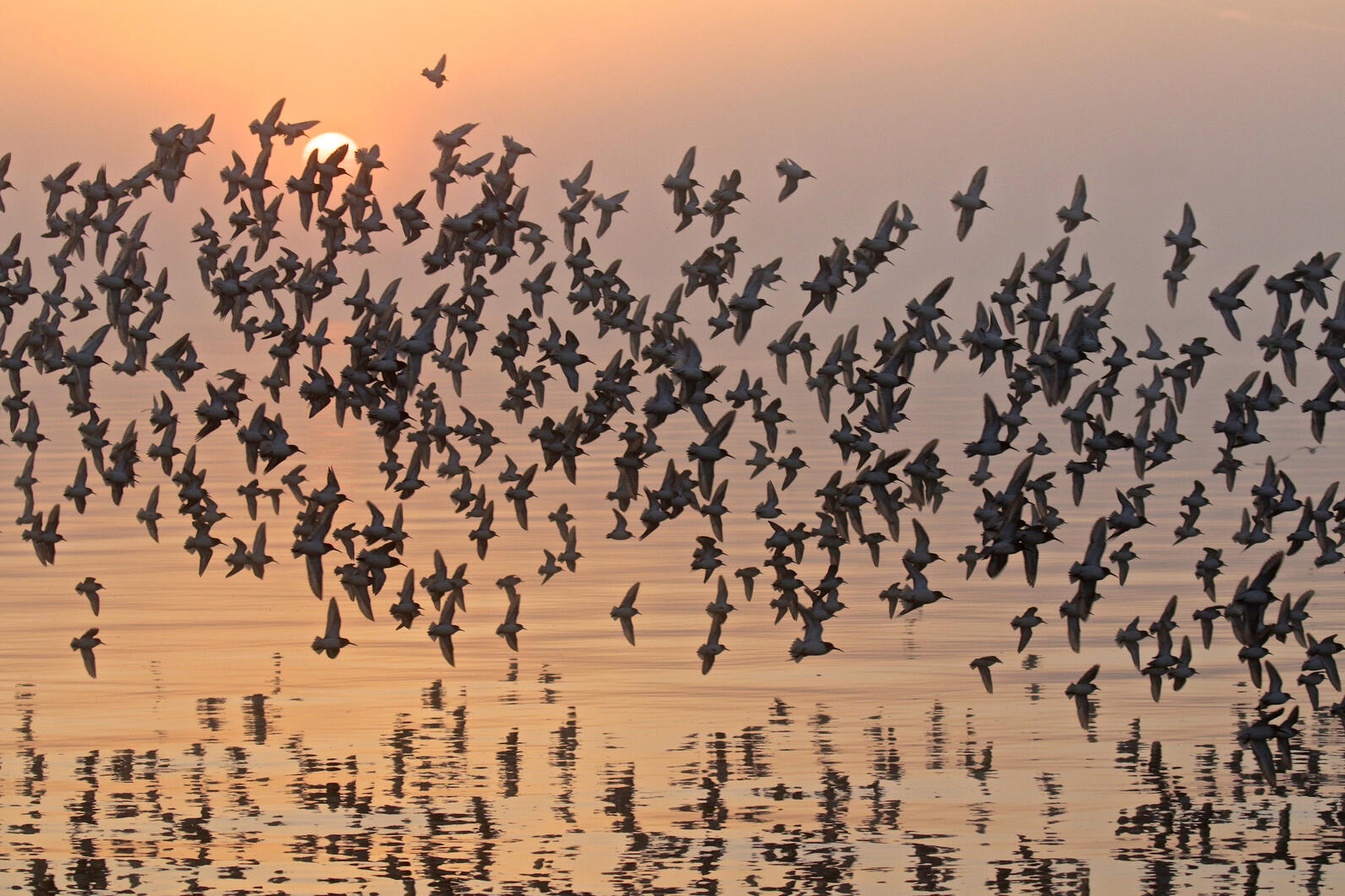
The vital snowmelt-fed wetland ecosystems in the Intermountain West play a crucial role in supporting over 30 species of migratory shorebirds along the Pacific Flyway. This includes Dunlins, Long-billed Dowitchers, and Western Sandpipers, which are Nearctic breeding long-distance migrants that rely on the region as a critical stopover habitat. During their southward migration from breeding grounds in Siberia, the Arctic, and parts of North America, these shorebirds depend on these wetlands as rest stops to refuel before continuing to their wintering grounds along the Pacific Coast and interior portions of Central and South America. For millennia, these western U.S. wetlands have served as essential oases, attracting shorebirds during their biannual migrations.
This historic survey last August at the Salton Sea was a significant undertaking, requiring the expertise and dedication of 14 professional biologists, supported by volunteers. Among these individuals were staff from the U.S. Fish and Wildlife Service, California Department of Fish and Wildlife, Audubon California, Point Blue Conservation Science, and Oasis Bird Observatory, who braved extreme heat to gather invaluable population and distribution data. In recent decades, the American West has grappled with profound impacts from climate change—marked by a prolonged megadrought, intense wildfires, and record-high temperatures. As the threats of climate change intensify, researchers are working to understand how these changing conditions impact both shorebirds and the critical wetlands that sustain them.
Acknowledgements: Camila Bautista, Senior Project Coordinator, Salton Sea (Audubon California), leads the incredible coordination effort for the Intermountain West Shorebird Survey at the Salton Sea. Support for coordination was provided by the U.S. Fish and Wildlife Service and the California Department of Fish and Wildlife.
Conservation investments at the Salton Sea must embrace a holistic approach, considering the well-being of all waterbirds, including shorebirds. Given the sea's dynamic conditions in the food web and land use, a comprehensive strategy is crucial for the long-term safeguarding of all bird populations. This approach involves understanding and addressing the diverse needs of each species, prioritizing sustainable practices, and focusing on habitat restoration to ensure the resilience of this unique ecosystem—for both people and birds.
Looking ahead, Intermountain West Shorebird Surveys are scheduled for April and August over the next two years. These efforts aim to deepen our understanding of seasonal variation in shorebird populations across a large geography of interior wetlands during shorebird migration, covering over 200 sites in all eleven western U.S. states. Point Blue Conservation Science also coordinates a 13-country shorebird survey effort during winter along the Pacific Americas Flyway.
Stay tuned as Audubon California and our partners continue the important work of bridging a three-decade gap in migratory shorebird population and distribution data—connecting worlds and ecosystems across the hemisphere and ultimately supporting our work to improve habitat conditions and “bend the bird curve.” To sign up as a volunteer at the Salton Sea, contact Camila Bautista for upcoming survey opportunities and restoration events: camila.bautista@audubon.org.
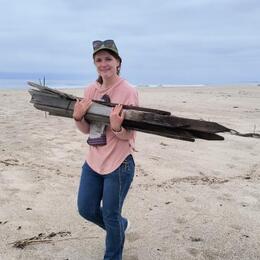
By Alecia Smith
Monthly Giving
Our monthly giving program offers the peace of mind that you’re doing your part every day.


